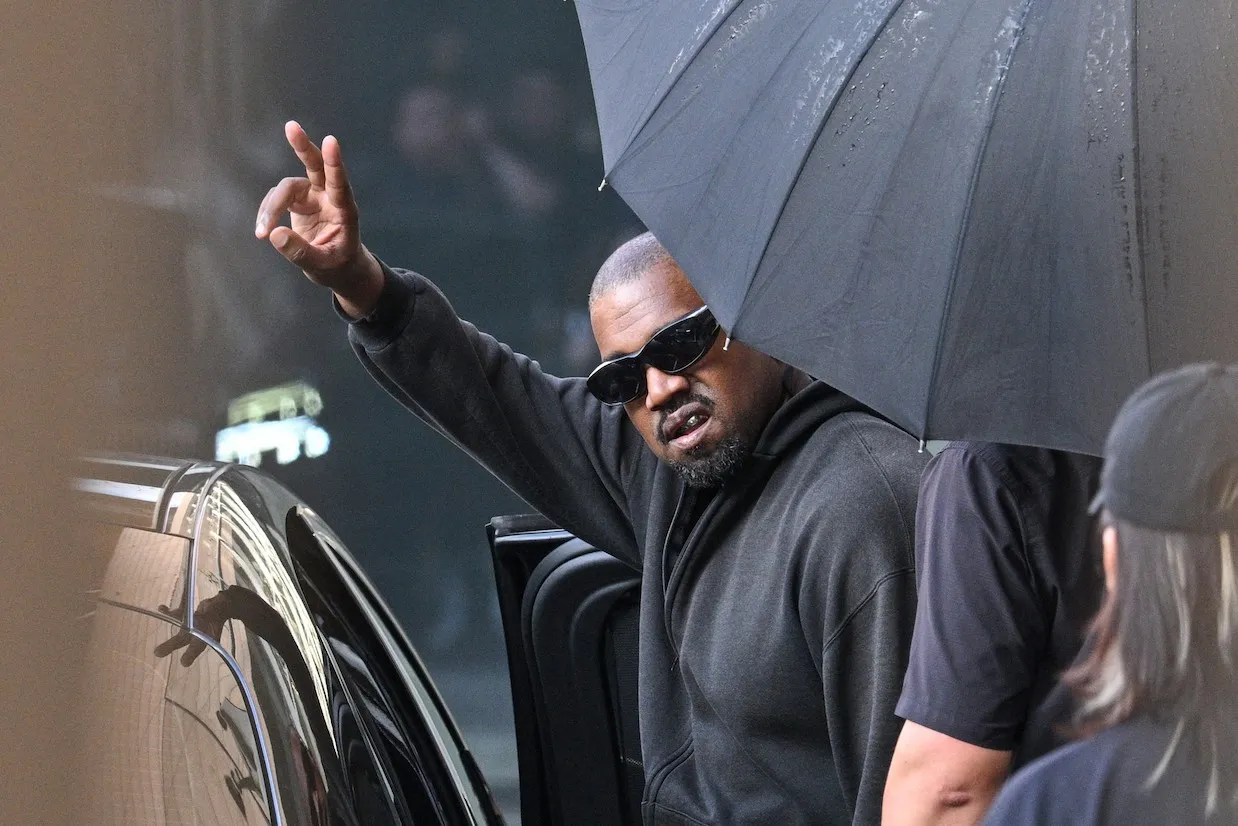‘Labyrinth’: Who Created the Puppets?
Some movies became surprise cult classics because they hit on a unique — almost magic — combination that could never be duplicated. The 1986 film Labyrinth is one of these special cases where everything just came together.
Was it David Bowie’s performance as the goblin king? Was it puppets that brought to life the magical — and creepy — characters? Was it the classic themes of good vs. evil? Was it the breakthrough role for a young Jennifer Connelly?
It was all of it together, and the puppetry, in particular, had failed to catch on as well in previous iterations. Who made them for Labyrinth, and why did they work so well for the film?
‘Labyrinth’ was a greater success after its theatrical run
It might be hard to believe now — since the film has such a dedicated fan base — but Labyrinth did not receive much critical acclaim or popularity during its theatrical run after its 1986 release. In fact, the odd movie left audiences scratching their heads more than applauding, and it only lasted for three weeks in theaters.
Obviously, we’re still talking about the film 35 years later, so something changed. The popularity surged in VHS sales and became a hit on cable. Eventually, it became a defining piece of pop culture for a generation of kids who grew up watching Bowie’s goblin king portrayal of Jareth as they rooted for Sarah (Connelly) to return safely from the labyrinth with her baby brother in tow.
Jim Henson made the puppets for ‘Labyrinth’
If the puppets look familiar, it’s likely because they’re the work of famed puppeteer Jim Henson. Henson is perhaps best known for creating The Muppets and working on Sesame Street. His characters, though they may be constructed of fabric and wires, are some of the most recognizable and important faces in children’s entertainment to this day.
As Yahoo reports, Henson was also behind the puppets for Labyrinth, but he didn’t create the fantastical and dark world of creatures on his own. The film was the work of his creative team at the Creature Shop. A huge part of the team was Henson’s wife, Wendy Froud. Froud was incredibly influential for Labyrinth: “the illustrator and conceptual designer dreamed up almost all of Henson’s puppet characters that the director packed into every frame of the film.”
Inspiration for the ‘Labyrinth’ puppets came from surprising places
You might be surprised to learn just how the inspiration for the puppets that became the most memorable characters in Labyrinth came forward.
For example, Sir Didymus — the wise fox who helps Sarah on her quest — was given a walking stick for very practical reasons. “It gives the puppeteers something to do. When we did Yoda, Frank Oz [who puppeteered and voiced the character in The Empire Strikes Back] would talk about how to manipulate him in the early days while we were mocking it up making a puppet,” Froud explained.
The character’s actual costume and design were inspired by real medieval knights. His “flamboyant” costume and feathers came directly from this historical model.
Another set of memorable characters are the four guards who attempt to block Sarah with a mind-teasing puzzle. A close look at these might bring about images of a familiar item: playing cards. Froud said that they drew inspiration from Punch & Judy, a classic puppet show. However, she goes on to explain that they wanted something more interesting, “It’s just having a square with a hole in it and a puppet that peers over the top. I thought that was great, but also a bit boring. What I like about playing cards is that you have heads at the top and the bottom, so we could put a puppeteer down below.”


